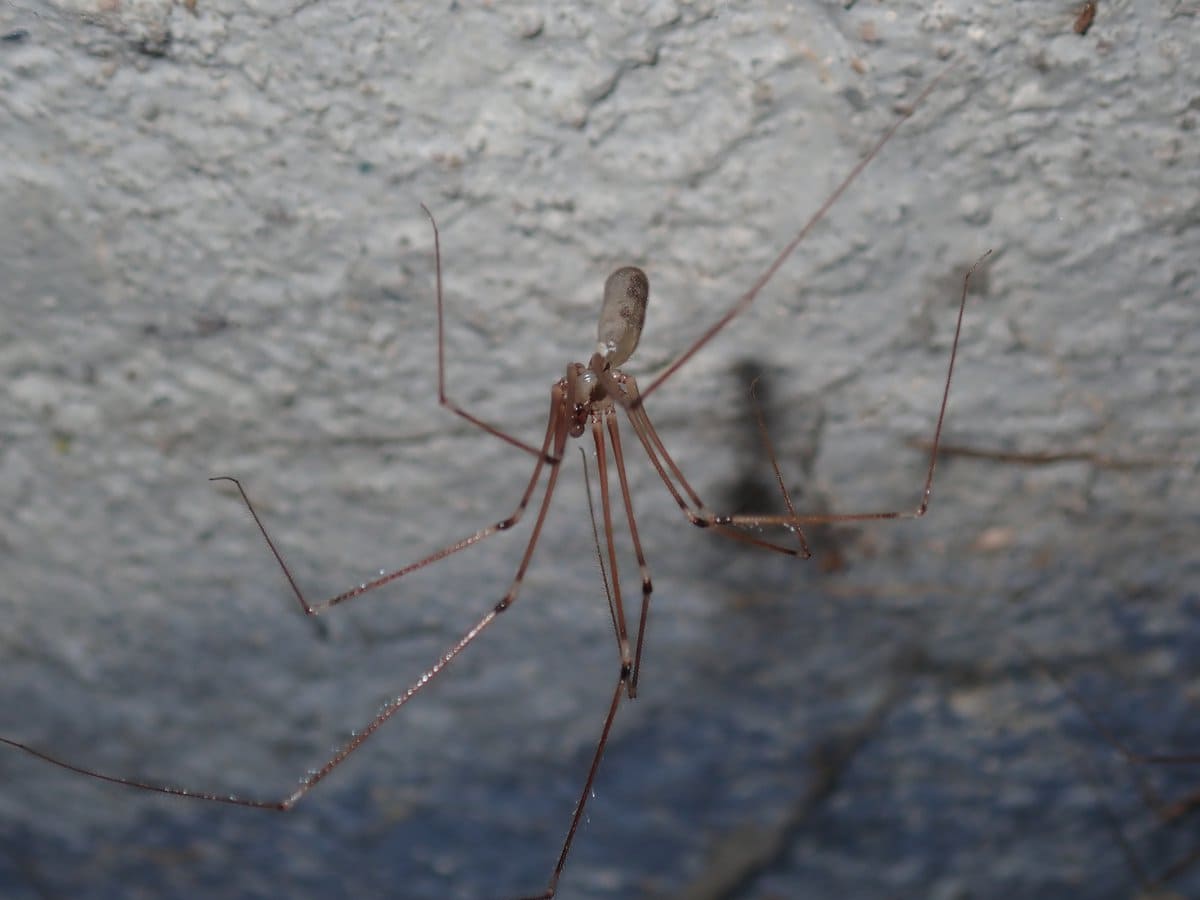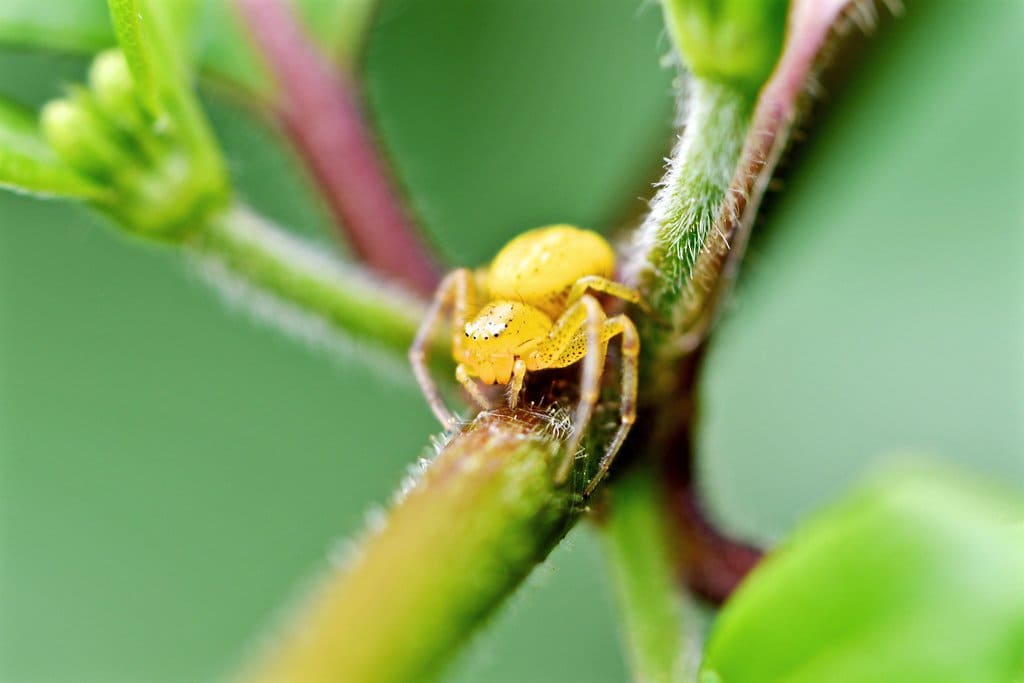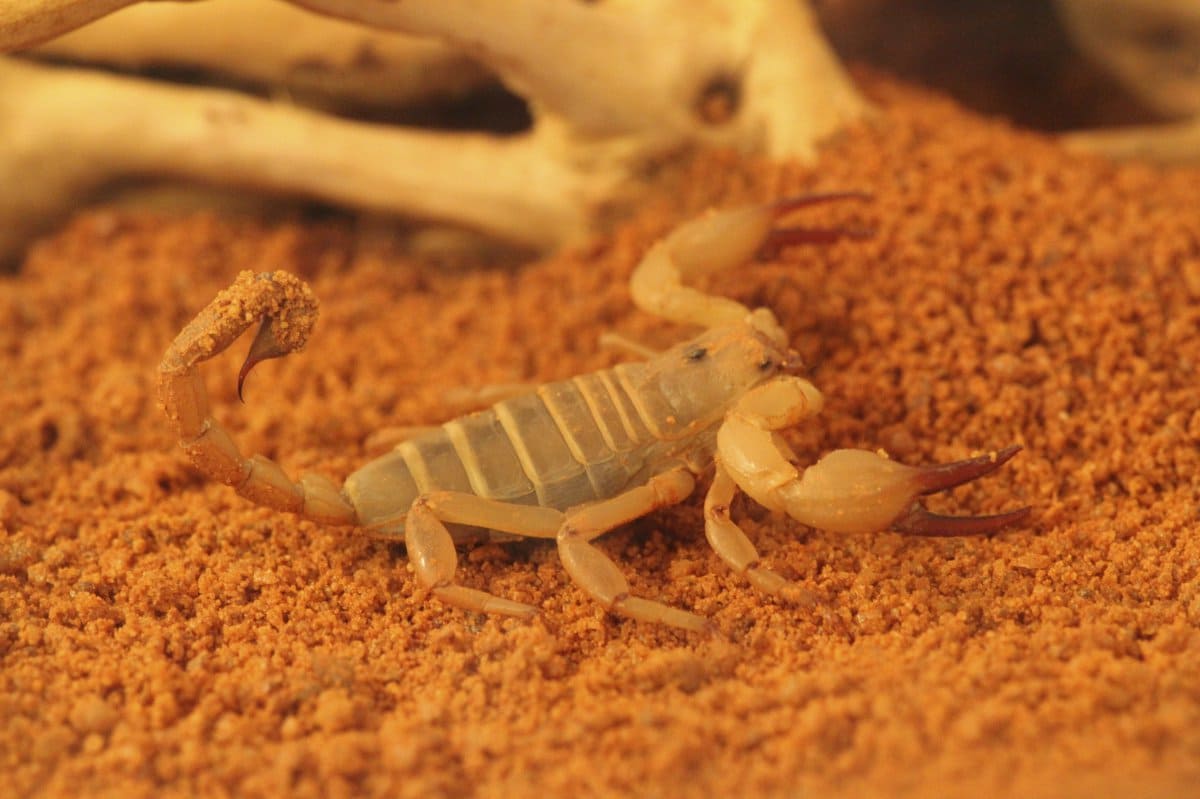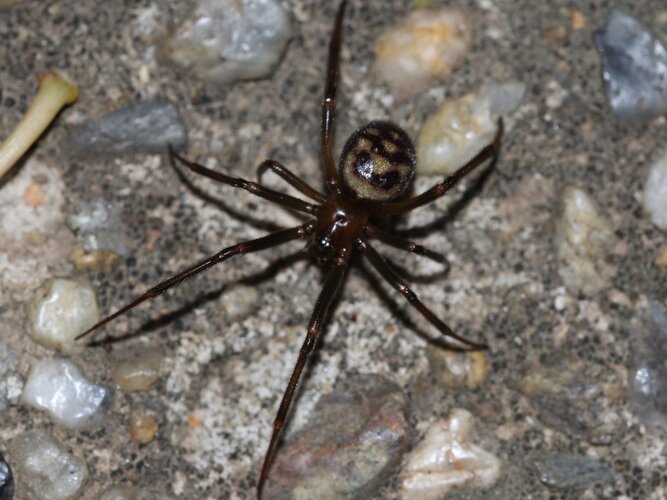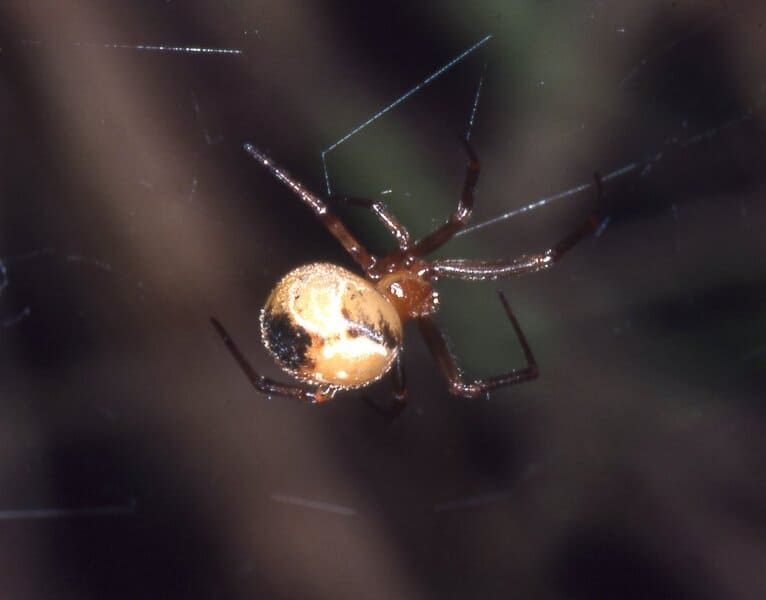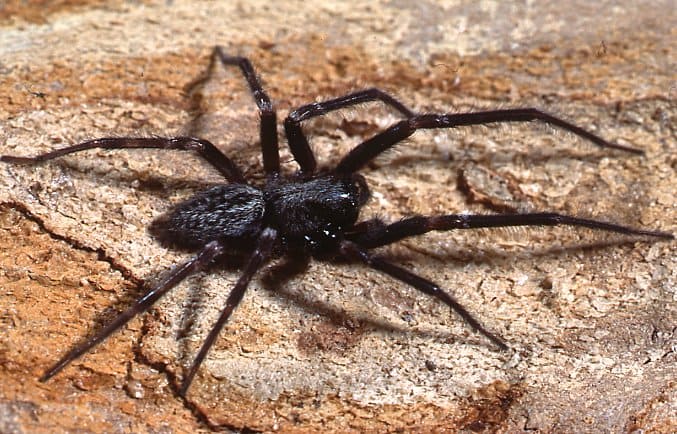Daddy-long-legs Spider
IUCN
LCBasic Information
Scientific classification
- name:Daddy-long-legs Spider
- Scientific Name:Pholcus phalangioides (and related cellar spiders)
- Outline:Arthropoda
- Family:Pholcidae Pholcus Pholcus phalangioides
Vital signs
- length:Females 7–10 mm; males 6–8 mm; legspan 5–7 cm
- Weight:Very light-bodied small spider; varies with individual
- lifetime:Approx. 1–2 years (sometimes longer indoors)
Feature
Common indoor spider; loose tangle webs; extremely long legs; vibratory defence; predators of mosquitoes and small arthropods.
Distribution and Habitat
Cosmopolitan in houses, basements, garages and cave entrances; rock shelters and tree hollows outdoors.
Appearance
Pale yellowish- to greyish-brown; slender body; very long, thin legs; faint mottling on body.
Details
Daddy-long-legs Spider in household contexts usually refers to the cellar / house spiderPholcus phalangioides of the family Pholcidae. It is characterised by asmall, slender body and extremely long, thin legs, and by its loose, irregular tangle webs in ceiling corners and basements. It is one of the most familiar “house spiders” worldwide.
Ecology & Biology
Activity: mainly nocturnal; during the day it hangs motionless in the web or in corners. When disturbed, it often performs a rapid vibrating display, shaking itself and the web so much that the spider becomes a blur.
Diet: feeds on mosquitoes, midges, flies, small moths and other spiders, and can overpower prey larger than itself with silk.
Reproduction: females hold the egg cluster directly in their mouthparts rather than enclosing it in a conventional egg sac; developing eggs can be seen as a round bundle under the chelicerae.
Identification
Body size: females about 7–10 mm, males 6–8 mm; legspan up to 5–7 cm.
Form: slender, cylindrical to slightly ovoid body with very long, thread-like legs.
Colour: pale yellowish-brown to greyish-brown and somewhat translucent, often with faint mottling on the body.
Web: a loose three-dimensional tangle attached to ceilings, beams, wall corners or behind furniture.
Range & Habitat
Pholcus phalangioides is cosmopolitan, recorded from homes, basements, garages, cellars, bridge underpasses and cave entrances. In natural settings it also occurs in rock shelters, tree hollows and crevices.
People & Safety
Medical relevance: of very low medical importance to humans. Bites are rare and generally cause at most mild, local symptoms.
Ecological role: acts as a natural controller of indoor insects, feeding on mosquitoes and other small arthropods.
Myth: the popular claim that “daddy-long-legs has very strong venom but cannot bite humans” is not supported by scientific evidence.
IUCN: Pholcus phalangioides is currently Not Evaluated (NE).
FAQ
Q1. Will daddy-long-legs spiders bite people? They rarely bite and do not actively attack. Bites, if they occur, are usually mild.
Q2. Are they highly venomous? There is no scientific evidence that they are dangerously venomous to humans; available data indicate very low medical significance.
Q3. Should I remove them from my house? If tolerated, they can help reduce mosquitoes and flies. If removal is preferred, gently relocate with a broom or cup and card.
Q4. How to distinguish them from orb-weavers? Daddy-long-legs spiders have slender bodies, extremely long legs and loose tangle webs, whereas orb-weavers are stouter and build regular circular webs.

